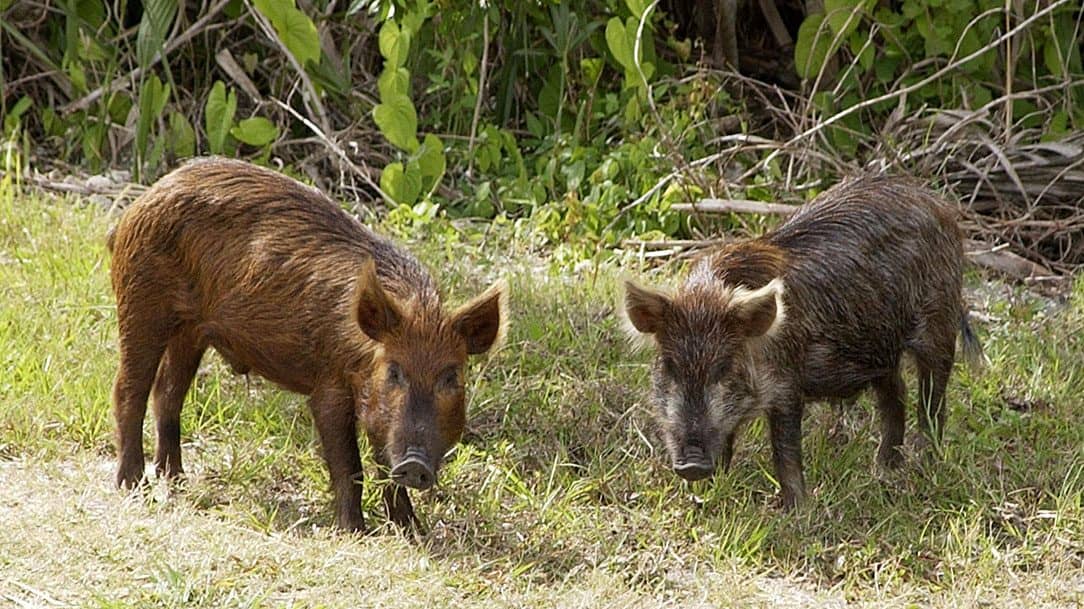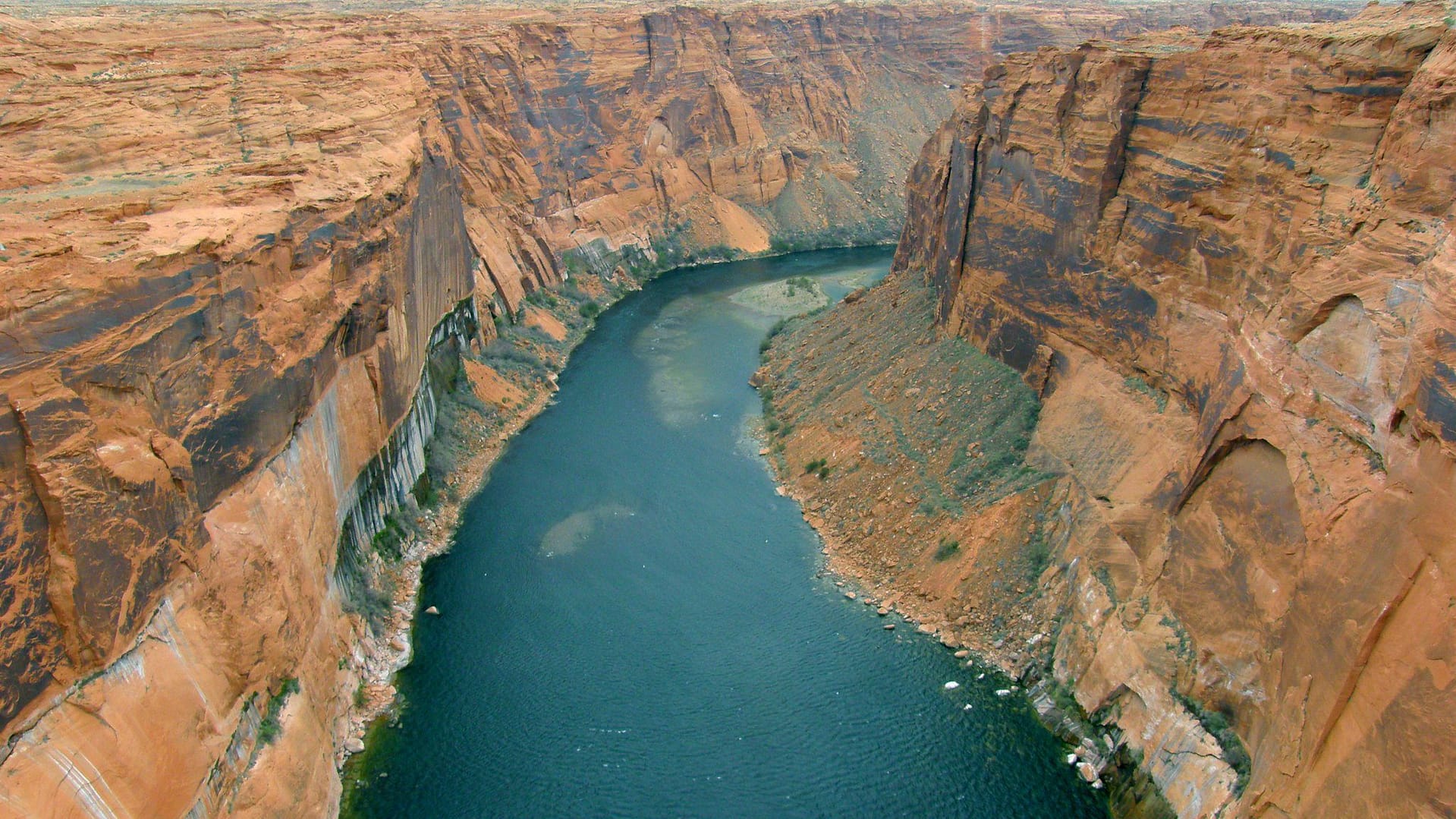“The world is so empty if one thinks only of mountains, rivers & cities; but to know someone who thinks & feels with us, & who, though distant, is close to us in spirit, this makes the earth for us an inhabited garden.” ―
What if you could continue the work on the same giant piece of art someone started thousands of years ago?
Well, if you head over to the Oxfordshire region of England and visit the Uffington White Horse, you can! Every few years, people gather on this hilltop to maintain the ancient piece of living art carved into its surface—just as they’ve done for thousands of years.
This is one piece of history that we can all have a hand in preserving!

Source: Wikimedia
The White Horse is believed to be at least over 3,000 years old, making it the oldest chalk-cut art in all of England!
The English Heritage site states that the horse “has been dated to the later Bronze Age or Iron Age, between 1740 and 210 BC” but why exactly it’s there is still very much a mystery 1.
Regardless of what the actual reasoning for the White Horse’s existence is, we know one thing to be true: once upon a time a group of people came together and carved a large horse into the side of the hill near Uffington Castle. (A pretty impressive feat for a society who didn’t have the bird’s eye view of a drone to help them with the design!)
And what makes it even cooler is that ever since it’s creation, people have been gathering together to make sure the horse stays intact; clearing weeds and breaking new chalk inside of the lines. (In the past, thousands of people would show up and they’d have an entire party around the occasion!) It was even camouflaged during World War II for protection. 2 3
“A dream you dream alone is only a dream. A dream you dream together is reality.” ―
It’s said that without this interference led by the National Trust, this football field sized horse would be overgrown in about 25 years and this physical connection to history would be lost.
Tom Scott, the creator of the video below, took part in preserving this living art and thankfully, filmed it all as a part of his Amazing Places series so we can all learn more about it! Check it out:
Pretty cool, right? You can see more awesome work from Tom Scott by visiting his website, and following him on YouTube, Instagram, Facebook, and Twitter! He brings us around the world and into so many different situations to learn more about our world! There’s some seriously fascinating (and well done) work waiting for you to explore.
The land has a way of connecting us to everyone who came before.
Think about it, where you’re sitting right now was once completely different. In the timeline of history on earth, it was most likely fairly recently when your surroundings began to change into what you recognize now; when land was cleared, houses raised, and societies formed. And even if there have been thousands of years of human development where you live, how much of what existed that long ago still remains? And what, of all that, are you able to impact with your own hands?
White Horse Hill gives us all a physical connection to the people who originally carved the figure into the hillside, as well as all of the individuals who ensured its survival for thousands of years.
While kneeling on the ground smashing chalk with a hammer, it seems it would almost be too easy to imagine the people before you, in that exact same spot, doing the exact same thing.
“From the start the horse would have required regular upkeep to stay visible. It might seem strange that the horse’s creators chose such an unstable form for their monument, but archaeologists believe this could have been intentional. A chalk hill figure requires a social group to maintain it, and it could be that today’s cleaning is an echo of an early ritual gathering that was part of the horse’s original function.” 5
For further information and photos of the White Horse, jump over to this fantastic article from The Smithsonian!
And why should we care?
I suspect the great writer Herman Melville, author of the timeless novel Moby Dick, said it best:
“We cannot live only for ourselves. A thousand fibers connect us with our fellow men; and among those fibers, as sympathetic threads, our actions run as causes, and they come back to us as effects. ―
Stay open to new possibilities!
- Sam
This article was originally published February 19, 2019.

Don’t miss out on a single article!
Enjoy unlimited access to over 500 articles & podcast that give you a positive perspective on the state of the world and show you practical ways you can help.
Notes:
- “History of Uffington Castle, White Horse and Dragon Hill.” English Heritage, www.english-heritage.org.uk/visit/places/uffington-castle-white-horse-and-dragon-hill/history/. Accessed 13 Feb. 2019. ↩
- Bradley , M., et al. “White Horse Hill, Oxfordshire, Archaeological Landscape Survey .” The Human Journey , The Human Journey, Sept. 2005, webcache.googleusercontent.com/search?q=cache%3Ahttp%3A%2F%2Flibrary.thehumanjourney.net%2F4114%2F1%2FUWHHTS%252004.pdf. Accessed 18 Feb. 2019. ↩
- Shieber, Stuart. “The Scouring of the White Horse.” The Occasional Pamphlet, Harvard, 18 Apr. 2011, blogs.harvard.edu/pamphlet/2011/04/18/the-scouring-of-the-white-horse/. Accessed 18 Feb. 2019. ↩
- “I Hit 3,000-Year-Old Art with a Hammer.” YouTube, Tom Scott, 13 Aug. 2018, www.youtube.com/watch?v=s6kNR8Mj0ZE&feature=youtu.be. Accessed 13 Feb. 2019. ↩
- Cleaver, Emily. “Against All Odds, England’s Massive Chalk Horse Has Survived 3,000 Years.” Smithsonian.com, Smithsonian Institution, 6 July 2017, www.smithsonianmag.com/history/3000-year-old-uffington-horse-looms-over-english-countryside-180963968/. Accessed 13 Feb. 2019. ↩








